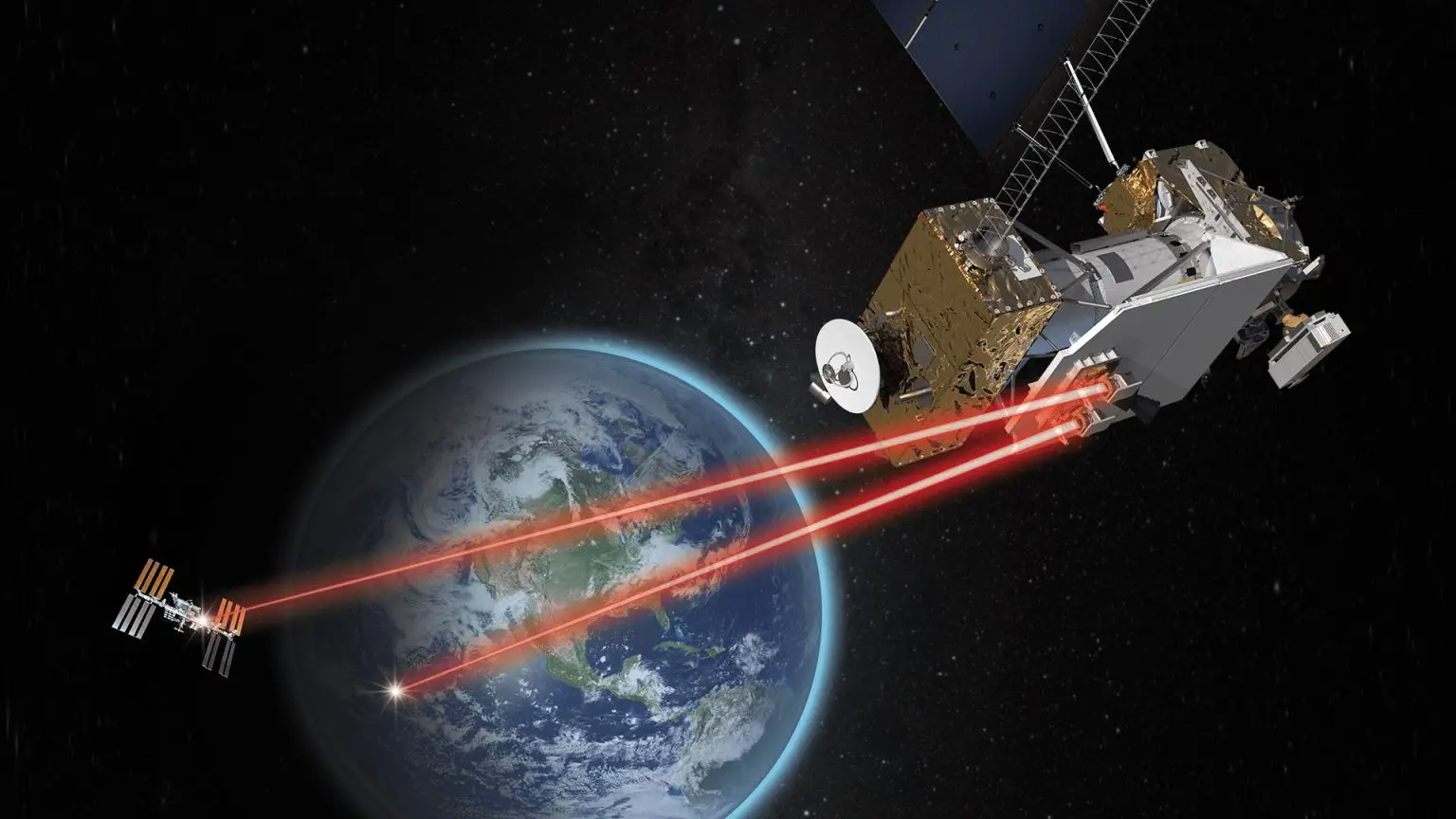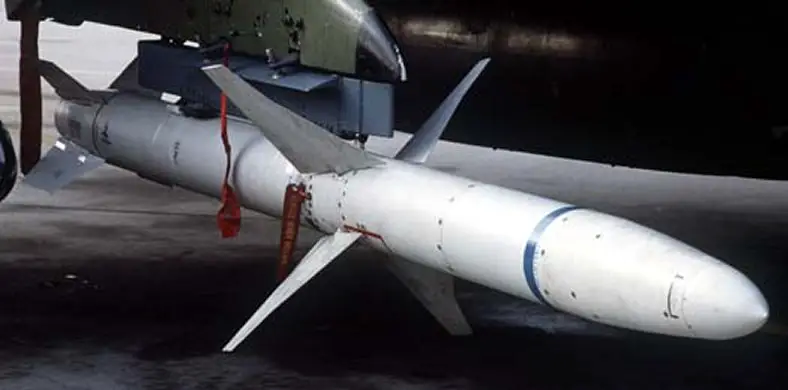Laser-communication systems are the tools that can turn the race of secured communication to the next level. The laser-communication tools are the same systems. The developers planned in the Star Wars program to use ASAT (Anti-Satellite) and ABM (Anti-Ballistic Missile) systems. The difference between those systems is the laser's power. The laser communication system with power adjusting is a tool that could use to protect satellites against incoming missiles.
When a satellite detects an incoming missile, it will adjust the power of its communication laser to the destructive module. And then the same lasers can destroy that incoming missile. The laser-communication is the system that makes it harder to detect the satellite. And the laser system that developers install on the black of aircraft can make the next-generation GPS possible.
The idea is that the photo-recon satellite follows those aircraft and that satellite sees those planes above the ground. And then those systems can exchange information with each other. The photo-recon satellite can simply send its camera image back to those aircraft. And then the pilot can precisely see where that aircraft is. The laser communication system is not as vulnerable to jammers as radio-based systems.
"Illustration of NASA’s Laser Communications Relay Demonstration (LCRD communicating with the International Space Station over laser links. LCRD has successfully completed its first year of experiments, offering a glimpse into the future of data transmission from space. The system uses infrared light, allowing for 10 to 100 times more data to be packed into a single transmission compared to traditional radio wave systems. Credit: NASA’s Goddard Space Flight Center. (ScitechDaily.com/NASA’s Laser Communications Relay: Showcasing the Future of Space Data Transmission)
Above: AGM-88 HARM
The AGM-88A HARM-style anti-radiation missiles can destroy things like GPS satellites, radar, and communication facilities. Those missiles can also use against any radio source in the world. Anti-radiation missiles can destroy things like internet support stations and TV network stations. So military operators can use it to deny the effect of enemy propaganda.
When we think about jammer systems and missiles. We might think that jamming the GPS is a piece of cake. But the jammer systems have one very serious problem. The active jammer system sends electromagnetic radiation around it. So the anti-radar missiles are capable to destroy those jammer systems. And those missiles can shoot against space-borne systems.
When a jammer operates, the ECCM (Electronic Counter-Counter Measurement) systems start their counter-actions against those jammers. When the jammer starts to send its radio transmission at a certain frequency that covers the GPS, the counter system aims things like AGM-88 HARM missiles at that jammer platform.
The aircraft that uses jammers is the radio source. And anti-radiation missiles can aim at those aircraft. The next-generation ECM systems use the AI-based power adjustments and in those systems, the counter wave has precisely the same power and frequency as the incoming wave movement.
The system could use drones. They are flying at a certain distance from the aircraft to detect and analyze incoming radiowaves. Then those drones send the vital information to the manned aircraft's computer that adjusts counter-waves to the precise right energy level.
Same way anti-radiation missiles can be a threat to combat aircraft. The same system that makes them aim at enemy radars makes anti-radiation missiles aim at all radio sources. Those anti-radiation missiles can be dangerous also to things like radio operators and jammer systems. The new jammer systems are not the same way vulnerable as old fashion systems. In modern systems, the AI adjusts the radio transmission to the level that the counter-wave will not just reflect the radar.
https://scitechdaily.com/nasas-laser-communications-relay-showcasing-the-future-of-space-data-transmission/?expand_article=1
https://www.globalsecurity.org/military/systems/munitions/agm-88-pics.htm






No comments:
Post a Comment
Note: Only a member of this blog may post a comment.